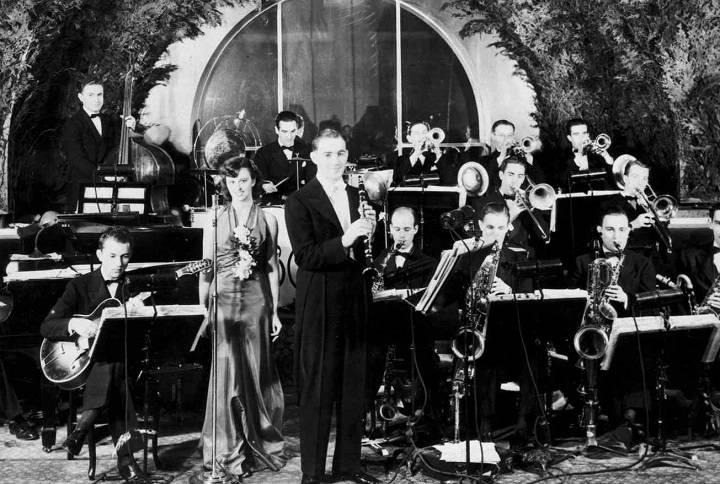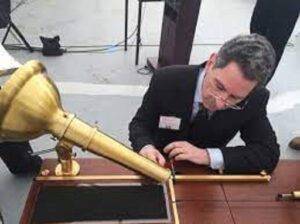Ragtime and jazz music have left an indelible mark on the cultural landscape, shaping the way we perceive and enjoy music. These two uniquely American genres emerged in the early 20th century, gaining widespread popularity in a rapidly evolving entertainment industry. But what exactly helped catapult these forms of music to stardom during that time? This article explores the pivotal role played by new forms of entertainment in popularizing ragtime and jazz during the early 1900s.
I. Vaudeville Shows: A Platform for Emerging Talent
- Vaudeville’s Rise: In the early 1900s, vaudeville shows were all the rage. These live variety shows featured a mix of entertainment forms, including comedy, music, dance, and more.
- Ragtime Acts: Many vaudeville shows incorporated ragtime musicians and dancers into their programs. This exposure allowed ragtime to be heard by diverse audiences.
- Jazz on Stage: Jazz bands, notably the Original Dixieland Jass Band, performed in vaudeville venues, helping to bring this groundbreaking genre to the forefront.
II. Phonograph Records: The Dawn of Musical Reproduction
- The Phonograph’s Emergence: In the early 20th century, the phonograph revolutionized music consumption. It enabled people to listen to their favorite tunes in the comfort of their own homes.
- Ragtime Records: Record companies began recording ragtime compositions, making it possible for people to enjoy these syncopated rhythms in their living rooms.
- Jazz on Wax: Pioneering jazz artists, such as Louis Armstrong and Duke Ellington, recorded their music, contributing to the jazz explosion.
III. Sheet Music Sales: A Gateway to Musical Exploration
- The Popularity of Sheet Music: Before recorded music, sheet music was the primary way people accessed songs. Ragtime and jazz compositions were widely distributed in this format.
- Ragtime Sheet Music: Composers like Scott Joplin and Eubie Blake published numerous ragtime compositions. Their sheet music sold like hotcakes.
- Jazz Transcriptions: Jazz musicians often transcribed their improvisational solos into sheet music, allowing fans to learn and play these intricate melodies.
IV. Dance Halls and Cabarets: Where Rhythm Came to Life
- The Dance Craze: In the early 1900s, dance became a vital part of entertainment culture. Ragtime’s infectious rhythms and jazz’s lively tunes were perfect for dance floors.
- Ragtime’s Influence: Ragtime’s syncopated beats led to dances like the cakewalk and the Charleston, providing the perfect accompaniment for ragtime music.
- Jazz Joints: Jazz found its groove in speakeasies and cabarets during the Prohibition era. These intimate venues allowed jazz to thrive in a relaxed, social setting.
V. Radio Broadcasts: The Sonic Revolution
- Radio’s Emergence: By the 1920s, radio broadcasts were reaching homes across America. This technology would change the way people experienced music.
- Live Performances: Ragtime and jazz musicians were featured in live radio broadcasts, introducing their music to a vast and diverse audience.
- National Reach: With radio, artists could reach beyond local audiences, helping to spread ragtime and jazz across the nation.
The early 1900s were a transformative era for music and entertainment, and the popularization of ragtime and jazz played a significant role in shaping the cultural landscape. Vaudeville shows, phonograph records, sheet music, dance halls, and radio broadcasts all contributed to the rise of these genres. Their infectious rhythms and innovative sounds, coupled with new forms of entertainment, captured the imagination of a generation and continue to influence music to this day. Ragtime and jazz have left a timeless legacy, rooted in the vibrant entertainment culture of the early 1900s.



